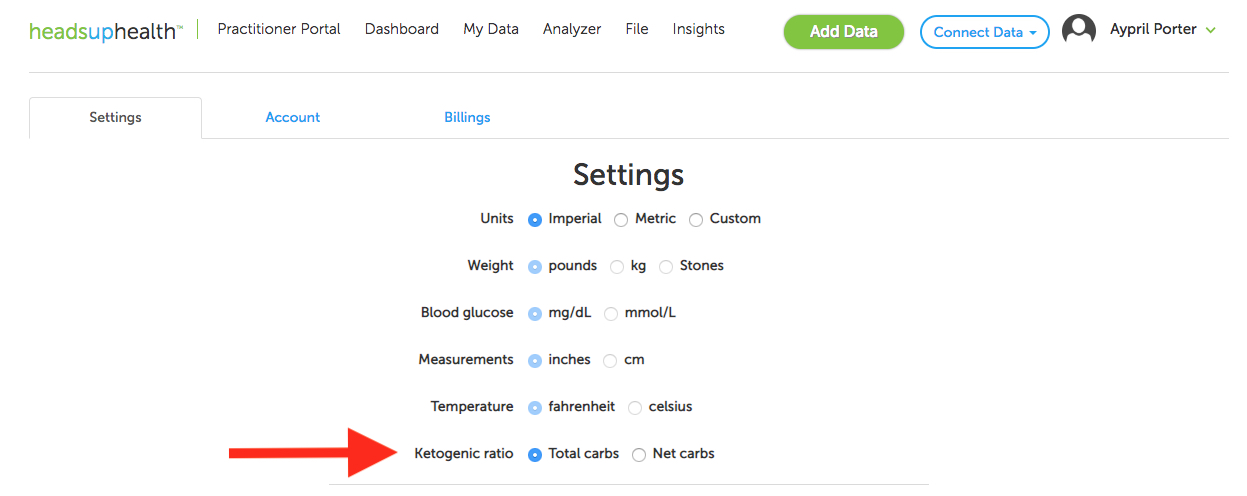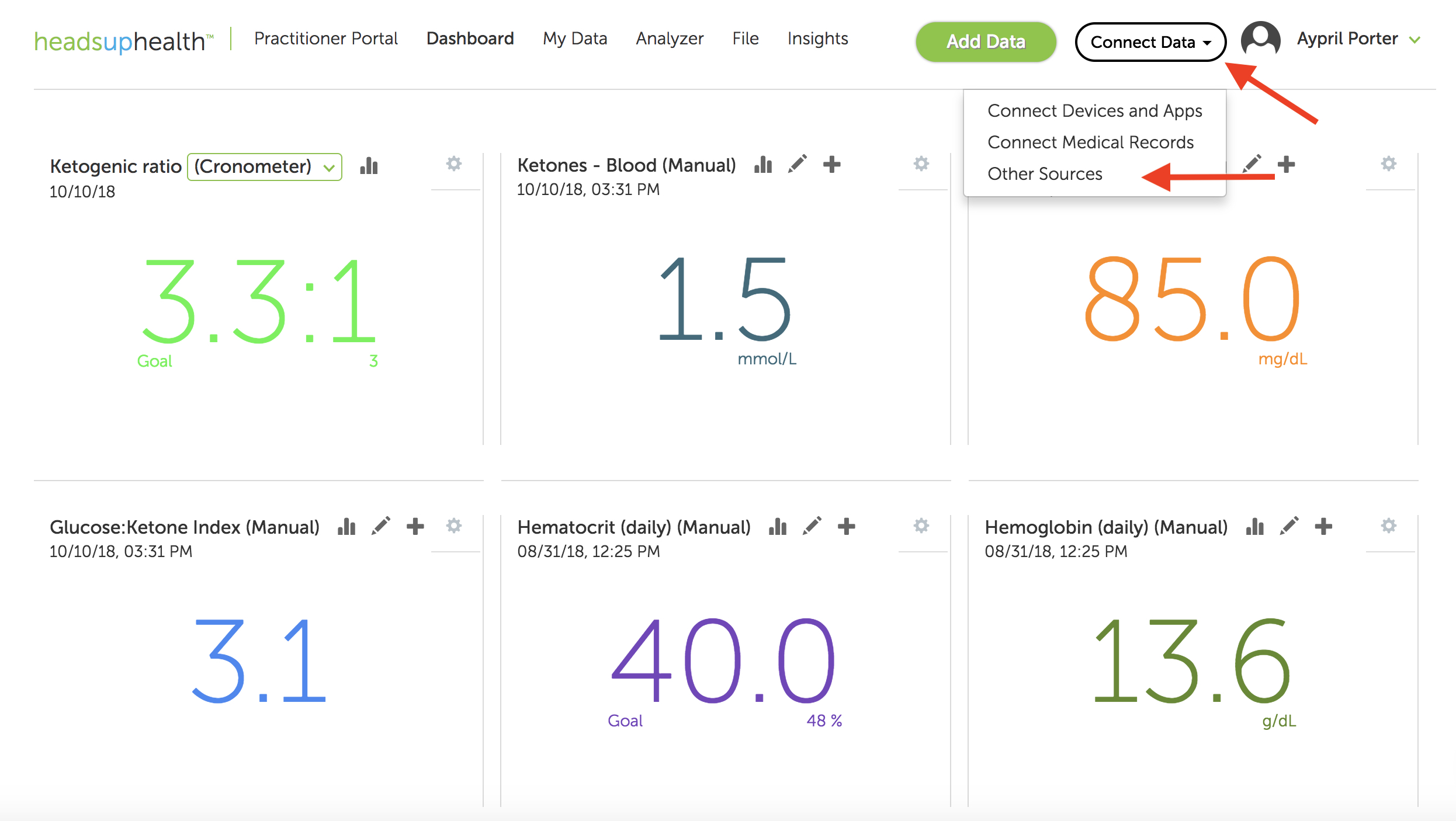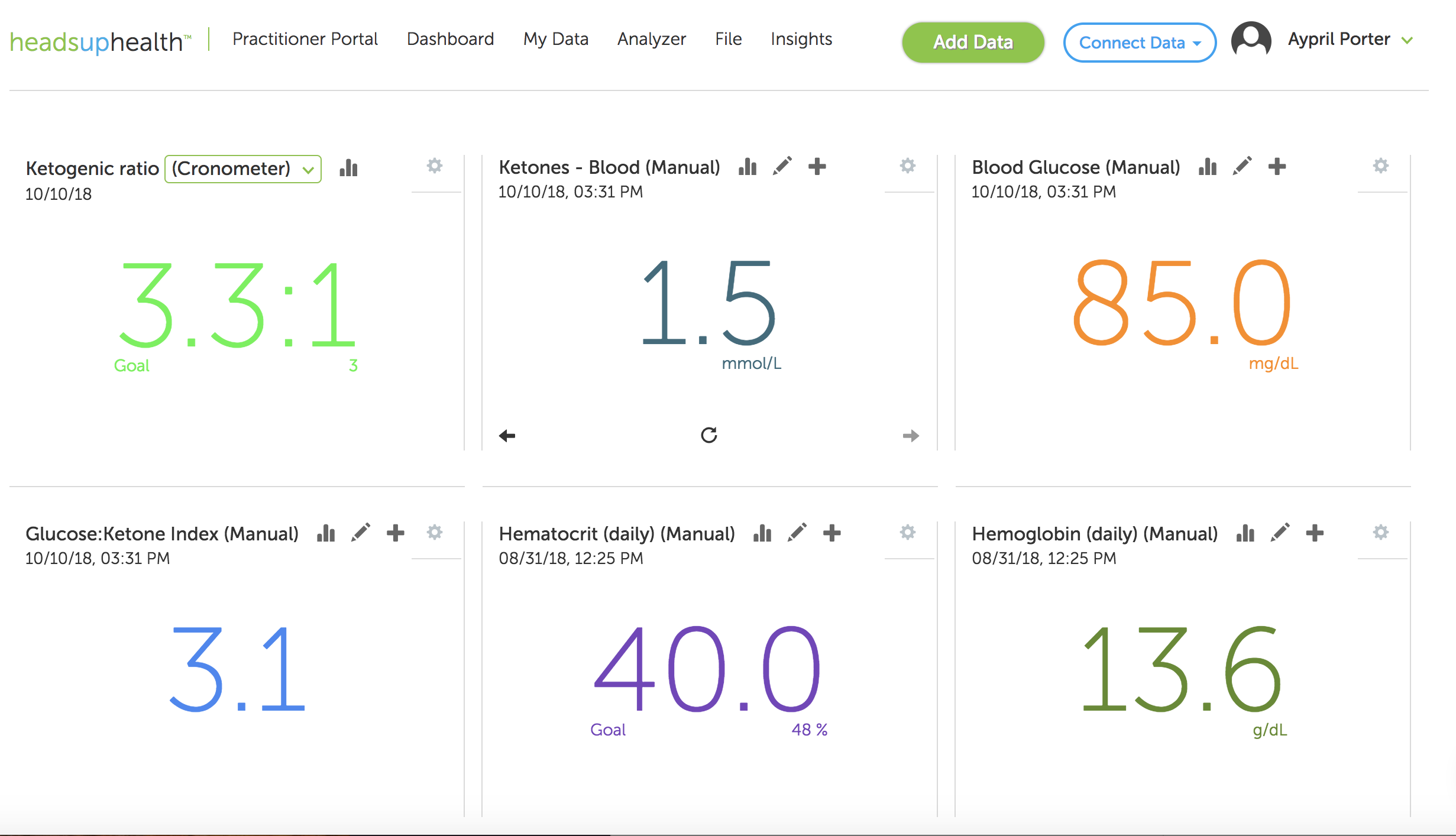While a ketogenic diet may have gained a lot of popularity recently, it’s origin dates back to 1923, when Dr. Russell Wilder started using it at the Mayo Clinic for the treatment of pediatric epilepsy. At the time, pharmaceuticals were not available to treat epilepsy, and it quickly became the go-to treatment due to its efficacy.
Though we now have drugs to support the suppression of seizures in those with epilepsy, not all medications work for everyone, and some individuals have found they have even better control when they eat a ketogenic diet. And not to be exclusive, one therapy can exist with the other, meaning you can combine a ketogenic diet with the therapies you’re already on and may even find that over time you’ll be able to reduce those medications, though you should always communicate with your provider of significant dietary changes so they can monitor your medications. *never go off medication without your doctor’s support and guidance. Sudden withdrawal of anti-seizure medications can cause seizures.
What is the ketogenic ratio?
Simply put, the ketogenic ratio is the ratio of fats to carbs + protein in grams measurements in the diet. While most ketogenic diet followers won’t go quite this far with their tracking, it can be critically important for those following a ketogenic diet for therapeutic reasons, like epilepsy.
As you can imagine, calculating this out for every meal can be very time consuming if done manually, which is why automating these calculations whenever possible can decrease the frustration that parents or individuals sometimes feel when using a ketogenic diet for therapeutic reasons.
What is The Classic Ketogenic Diet?
A classic ketogenic diet requires a high level of fat with a very low level of combined carbs and proteins, usually 4:1 or 3:1 (fats to carbs+protein)
For example, on a 2000 calorie diet with a 4:1 ratio, you would have 200g of fat, and a combined total of 50g carbs + protein.
As you can see below, the carbs and the protein are further broken down based on the individual’s protein need to roughly 6% protein and 4% carbohydrates. Your doctor or nutritionist may modify this depending on your body weight, activity level, and seizure control.

Which ratio is better?
That really depends on your goals. While a 4:1 ratio may be how the diet originated, most adults use more of a 3:1 ratio due to their increased need for protein based on weight, but this all depends on your level of seizure control and should be determined by your doctor. You can read more about the different ratios on the Charlie Foundation’s website here.
Isn’t a ketogenic diet hard?
When the ketogenic diet comes up in regards to a child’s therapeutic diet, it is often met with resistance because it seems difficult or hard to comply with. However with the recent interest in the ketogenic diet for many applications-from diabetes, to cancer, to weight training, it has become much more common, with food bloggers making it a common household word. Add in all of the apps available for calculating macronutrients, and pair it with your Heads Up Health profile removing all the calculating and it becomes much easier!
How can I do a ketogenic diet without calculating everything?!
Though macronutrient ratios need to be more specific and consistent with a therapeutic ketogenic diet, it no longer has to be complicated to track. Heads Up Health has integrated another new feature to let you track your ketogenic ratio when linked to your food tracking app like Cronometer, My Fitness Pal, MyMacros+ or FitBit nutrition trackers.
Just enter all of your foods eaten into your food tracker, which will link with your Heads Up Health account, and the calculations for your ketogenic ratio are done for you, letting you know at a glance if you’re on track or not. With the new mobile app (coming soon), you’ll have this info easily at your fingertips at all times.
How to set up your Heads Up Health profile for ketogenic ratio tracking
To get your ketogenic ratio widget, click on the “+” button at the bottom of your widgets, click on “data source,” and select keto ratio from the drop-down menu. From there you will enter your goal. If you are aiming for a 3:1 ratio, enter 3 in this field.
Once you have your widget, you can drag it to the top of the screen, so it’s easily viewed. Next, click on your username in the top righthand corner of the page, click on Settings and select either total or net carbs under the ketogenic ratio section.
Total Carbs include the total amount of carbohydrates in your food.
Net Carbs is total carbs minus fiber in that food.
If you select total carbs, you’ll be complying more strictly; however, you will be allowed much fewer carbs than if you choose net carbs and account for the fiber that slows the carbohydrate’s glucose response in your body.
Make sure your food tracker like Cronometer, My Fitness Pal, MyMacros+ or FitBit nutrition tracker is linked to your Heads Up Health account.
To connect your food tracker to Heads Up Health
Click on “Connect Data” in the upper right corner of the page near your name.
Once you’ve gotten your food tracker connected and your keto ratio widget on your dashboard, rearrange them in a way that makes sense for you at a glance. Here is an example of how yours could look.
References:
For more detailed information on the therapeutic use of the ketogenic ratio and how it’s used in epilepsy treatment visit the Charlie Foundation.
Remember: this post is for informational purposes only and may not be the best fit for you and your personal situation. It shall not be construed as medical advice. The information and education provided here is not intended or implied to supplement or replace professional medical treatment, advice, and/or diagnosis. Always check with your own physician or medical professional before trying or implementing any information read here.














